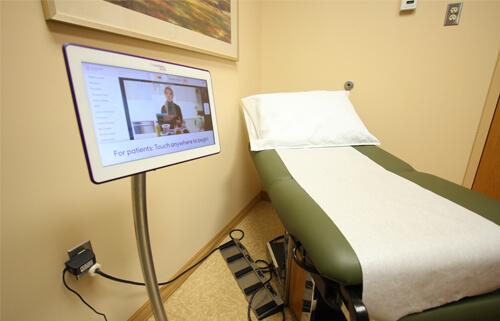Overview
Jaundice is a condition in which the skin and whites of the eyes turn yellow. It is caused by abnormal levels of bilirubin (bil-ih-RU-bin) in the body. Bilirubin is a pigment found in bile. It occurs when the liver breaks down and filters red blood cells, an important and natural process. However, if any part of this process is obstructed in some manner, jaundice can occur.
While jaundice as a symptom is usually not harmful for adults, it can indicate a number of different serious conditions. Further testing is usually required to determine what’s wrong. If you experience symptoms of jaundice, seek professional medical assistance immediately.
Symptoms of Jaundice
While the most common symptom of jaundice is yellowing of the skin and eyes, it can also be associated with other symptoms. These may occur independently or slowly over time, depending on the root cause:
- Chills
- Pain in the stomach
- Dark-colored urine
- Pale-colored stools
- Fever
- Flu-like symptoms
- Fatigue
- Weight loss
- Nausea and vomiting
Causes of Jaundice
Jaundice is a symptom of many underlying conditions. It can be caused before, during, or after the production of bilirubin.
- Jaundice that occurs before the production of bilirubin is called unconjugated jaundice. This type of jaundice is characterized by higher-than-normal levels of bilirubin in the blood. This type of jaundice is caused by blood disorders, such as hematoma and hemolytic anemias. It is most common in newborns.
- Jaundice that occurs during the production of bilirubin can be caused by a number of conditions, such as liver disease caused by excessive alcohol consumption, viruses like Hepatitis A, B, or C and Epstein-Barr, certain autoimmune disorders, rare genetic conditions, and reaction to certain medicines. At this point, bilirubin is usually conjugated, or metabolized to a point that it can be absorbed by the body.
- Jaundice that occurs after the production of bilirubin is usually associated with obstruction of the bile ducts. This can be associated with gallbladder cancer, gallstones, or other related conditions.
Tests to Diagnose Jaundice
Testing for jaundice requires determining its underlying cause. If you are at risk for liver disease, your doctor may perform a physical exam to check for symptoms such as spider angiomas (blood vessels that collect near the surface of skin), palmar erythema (red coloration in fingertips and palms), bruising of the skin, and yellowing.
Your doctor will perform urinalysis (urine testing) to check for bilirubin in the urine. Bilirubin in the urine indicates conjugated jaundice. Next, your doctor will likely perform a blood test to get a full measure of bilirubin levels.
In some cases, it may be necessary to perform a CT scan or ultrasonography of the liver to check for certain symptoms. Your doctor will also examine your past medical history and risk factors to inform testing.
Treatment Options for Jaundice
Treating jaundice varies based on its cause, whether it be inflammation of the liver, anemia, hepatitis, or another condition. You may be required to take medication or make lifestyle changes. For severe liver disease, you may need surgery.
Preventing Jaundice
- Limit the risk of hepatitis infection by practicing safe sex.
- Limit alcohol consumption to recommended amounts.
- Be aware of your risk factors, such as certain genetic or autoimmune disorders.





